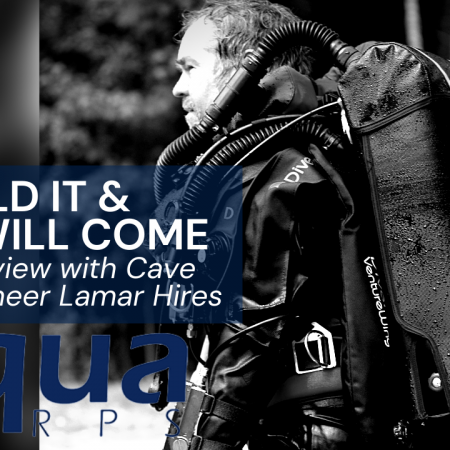It is popular on ScubaBoard to denigrate the NOAA Oxygen Exposure Limits, which were originally (from the NOAA Diving Manual 2nd Edition, 1979) given as:

The source of this table is clearly stated as the USNavy Diving Manual (1973).
By the NOAA Diving Manual 3rd Edition (1991) the limits had become:

The source of this info is clearly stated as from Butler and Thalmann (1986) and other data.
The 4th Edition (2001) of the NOAA Diving Manual gives:

The source is cited as:
Butler reviewed all the US Navy work leading to this in 2004; see attached. He provided the first Oxygen Limits used by the USN, in 1954:

These are from NEDU Report 11-54.
(continued in next post)
The source of this table is clearly stated as the USNavy Diving Manual (1973).
By the NOAA Diving Manual 3rd Edition (1991) the limits had become:
The source of this info is clearly stated as from Butler and Thalmann (1986) and other data.
The 4th Edition (2001) of the NOAA Diving Manual gives:
The source is cited as:
The U.S. Navy has recently performed research on pure oxygen diving in exercising human volunteers. These investigations have shown, in a limited number of exposures, that substantially longer times appear to be possible for pure oxygen working dives than those given in Table 16.5, without the occurrence of oxygen convulsions (Butler and Thalmann 1984; Butler and Thalmann 1986; Butler 1986; Walters, Gould, Bachrach and Butler 2000); however, NOAA finds that the conservative limits established in this table are satisfactory for NOAA diving operations.
Thus, NOAA clearly states that these are conservative limits and "that substantially longer times appear to be possible for pure oxygen working dives than those given in Table 16.5, without the occurrence of oxygen convulsions."Butler reviewed all the US Navy work leading to this in 2004; see attached. He provided the first Oxygen Limits used by the USN, in 1954:
These are from NEDU Report 11-54.
(continued in next post)






